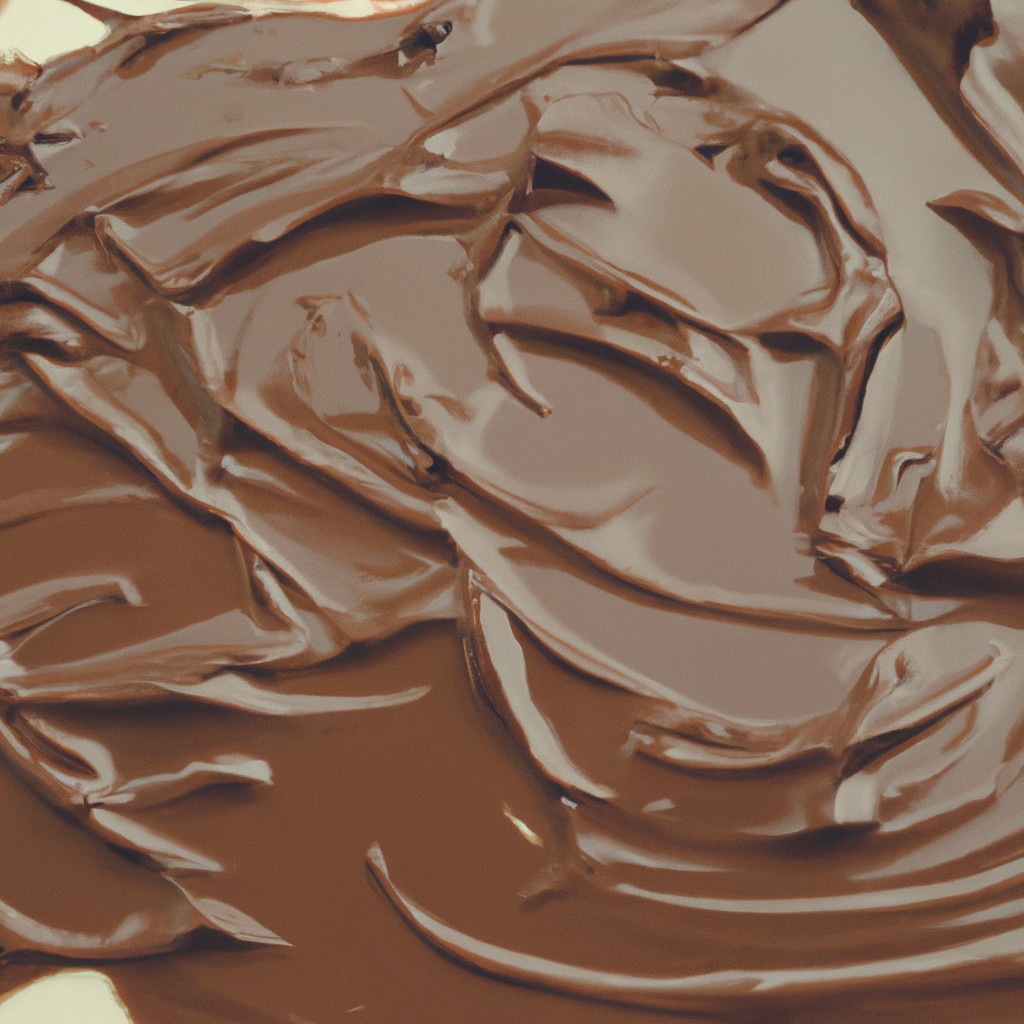Learn how to effectively remove chocolate stains from various fabrics with simple, step-by-step instructions.
Key takeaways:
- Promptly scoop away excess chocolate, avoid rubbing, and blot gently.
- Different fabrics require specific cleaning methods, read care labels.
- Choose suitable stain removal agents like mild dish soap or hydrogen peroxide.
- Apply stain removers step-by-step, rinse thoroughly, and repeat if necessary.
- Take preventive measures to reduce future chocolate stains.
Inside
Immediate Action to Take After Chocolate Stains Clothing

When chocolate makes its way onto clothing, prompt action is crucial to mitigate staining. Scoop away any excess chocolate with a dull knife or spoon to avoid further spreading.
Refrain from rubbing the fabric, as this could drive the chocolate deeper into the material. Blotting the stain gently with a dry paper towel will help to lift out some of the chocolate particles.
Once the excess is removed, rinse the back of the stained area with cold water to push the chocolate out of the fabric, instead of through it, which can be done under a tap.
This initial response will set the stage for a more thorough cleaning method, depending on the fabric type and available cleaning agents.
Types of Fabrics and Their Specific Care Instructions
Understanding your garment’s fabric type is crucial for effective chocolate stain removal:
- Cotton and Linen: Highly resilient and can typically handle soaking and scrubbing without damage. Pre-treat with a stain remover or a mixture of detergent and water before laundering.
- Synthetics (Polyester and Nylon): Less absorbent, making stains easier to lift. Use a gentle detergent and cool water, but avoid high heat when drying as it can set the stain permanently.
- Wool: Requires a gentle touch. Blot the stain, apply a mild soap solution, and rinse with cold water. Avoid twisting or wringing the fabric.
- Silk: Delicate and prone to water spotting. Dab the stain with a mixture of lukewarm water and mild detergent, then rinse carefully to avoid rings.
Read care labels for specific instructions, particularly for garments with special finishes or blends of different fibers.
Stain Removal Agents: Best Options for Chocolate
Select a suitable stain removal agent from a variety of household products or commercial cleaners. Mild dish soap, mixed with water, can effectively break down the fats in chocolate.
Hydrogen peroxide is useful for light-colored fabrics but test for colorfastness first.
Enzyme-based laundry pre-treaters are designed to tackle protein-based stains and can be applied directly to the affected area.
For delicate fabrics, consider using a gentle stain remover or liquid detergent recommended for hand washables.
Always read and follow product instructions for the best results. If a stain persists, it may require multiple treatments or a professional cleaning service.
Step-by-Step Instructions for Applying Stain Removers
Begin by gently scraping off any excess chocolate from the fabric with a blunt knife, taking care not to spread the stain. Rinse the backside of the stain with cold water to push the chocolate out of the fibers. Apply a pre-treatment stain remover directly to the stained area and let it sit for about 15 minutes; it helps break down the oils in chocolate.
For machine-washable fabrics, launder with the hottest water safe for the material and a good laundry detergent. Before drying, inspect the stain; if remnants persist, repeat the pre-treatment and washing process. Heat can set the stain, so avoid using the dryer until it’s completely removed.
For more delicate fabrics or if the stain persists, consider dabbing a mixture of equal parts dish soap and hydrogen peroxide onto the stain, testing on an inconspicuous area first for colorfastness. After application, let it sit for a few minutes, then rinse thoroughly with cold water.
If home remedies fail, take the garment to a professional cleaner. Notify them of the nature of the stain, as chocolate requires specific solvents for optimal removal.
Preventive Measures to Reduce Future Chocolate Stains
To minimize the likelihood of future chocolate stains, consider incorporating these habits into your routine:
- Eating chocolate carefully, especially when wearing light-colored or delicate fabrics.
- Keeping napkins or paper towels at hand when enjoying chocolate treats.
- Using placemats or trays while serving chocolate to catch any accidental drips or spills.
- Treating garments with fabric protector sprays which can create a barrier against potential stains.
- Encouraging children to wear smocks or aprons during chocolate-related activities or crafts.
- Storing chocolate in cool places to prevent melting, making it less prone to causing stains.




